Search

South Dakota Pest Management Guides
The South Dakota Pest Management guides are now available for free. The guides offer recommendations for controlling weeds, insects, and diseases in a variety of South Dakota crops.
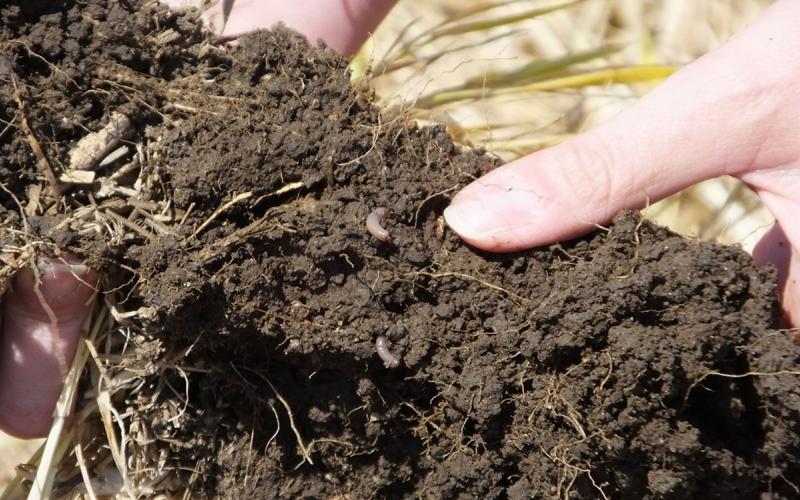
What Makes Up a Healthy Soil?
Healthy soil has strong soil structure that stays together whether it’s wet or dry. Learn about the many components that combine to make soil healthy.
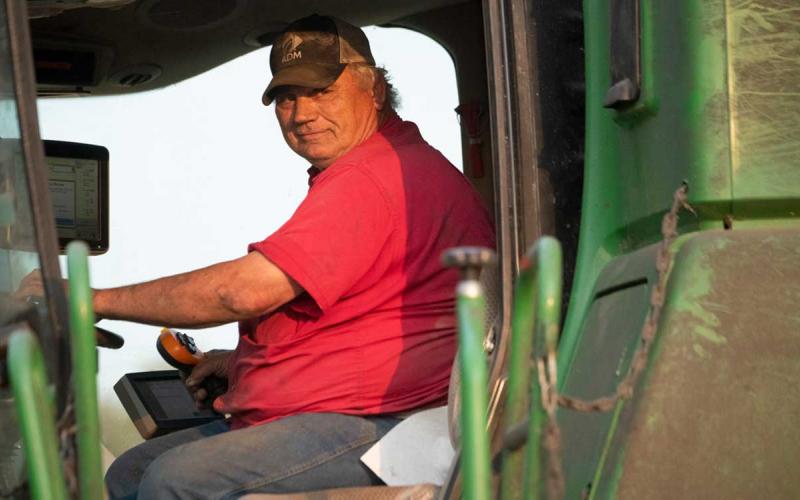
Improving Yield Data Accuracy: Challenges and Solutions
Fact sheet about improving yield data accuracy

Weed Control Field Test Data
Data books to use as a reference to select appropriate herbicide(s) for row crops
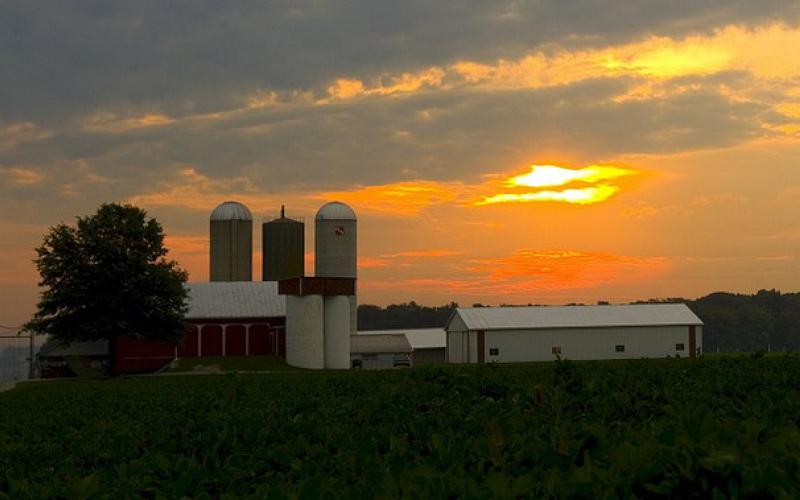
The Economic Impact of Cooperatives in South Dakota
This report estimates the economic impact of cooperatives in South Dakota in 2022. The report’s estimates are based on an input-output analysis from a South Dakota State University (SDSU) survey of cooperatives operating in South Dakota conducted in June of 2023.
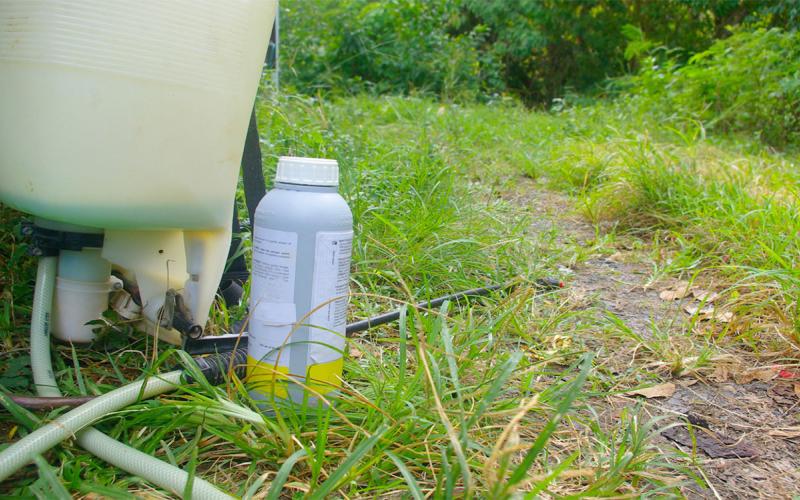
SDSU Extension 2024 private pesticide applicator training dates set
January 12, 2024
South Dakota State University Extension’s 2024 winter and spring private pesticide applicator certification training sessions are set.
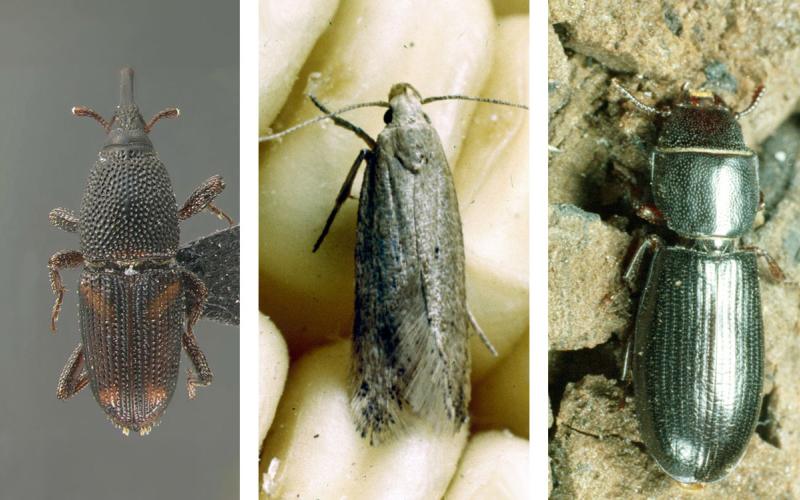
Common Stored Grain Insect Pests
There are several species of insects that feed on stored grain, resulting in reduced grain quality. Learn how to identify some of the most-common grain pests that can be found in South Dakota.
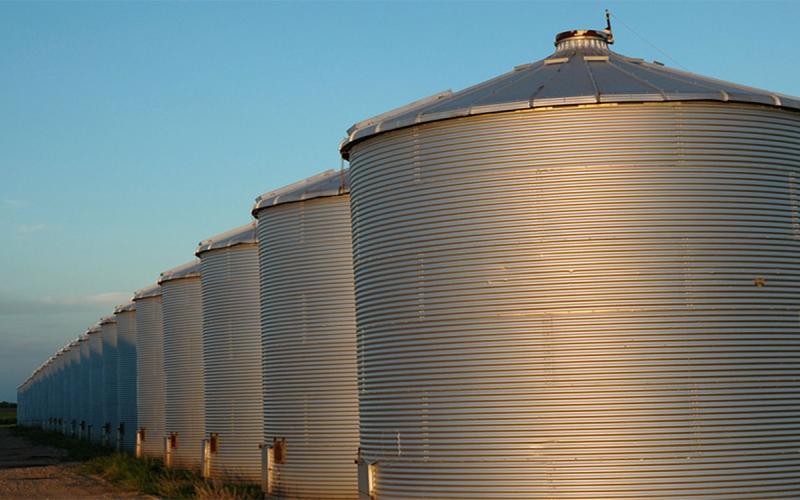
A Few Considerations for Fall and Winter Grain Storage
Proper grain storage during fall and winter is essential to ensuring a successful harvest. Learn some expert tips for managing stored grain pests and maintaining an ideal bin environment for post-harvest grain storage.
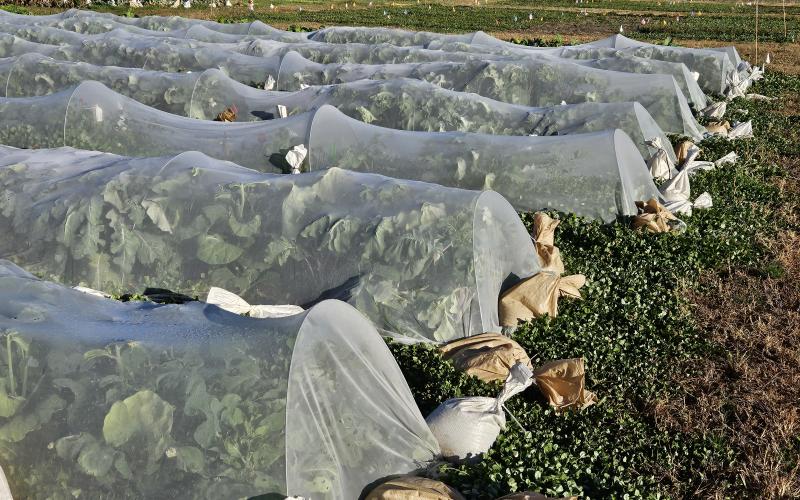
SDSU Extension to host virtual training series on vegetable production
January 16, 2024
The second annual South Dakota Virtual Vegetable Short Course topics will include cover crop integration, soil health improvement, weed management and integrated pest management for field and high tunnel production. The four-part educational series will take place via Zoom from 6 to 7:30 p.m. MT/7 to 8:30 p.m. CST on Jan. 22, 24, 29 and 31, 2024.
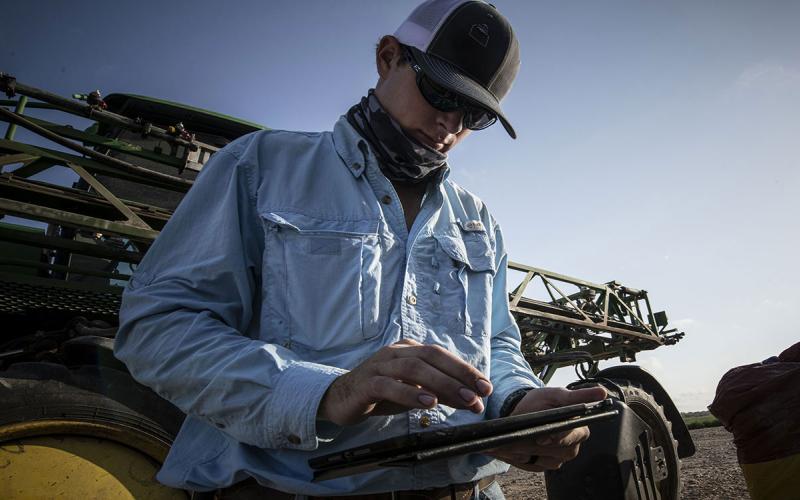
Pesticide Mixing and Sprayer Calibration Equations
Pesticides need to be applied at proper rates to ensure effective control of the pest. Learn some common equations used to mix pesticides and calibrate sprayers.